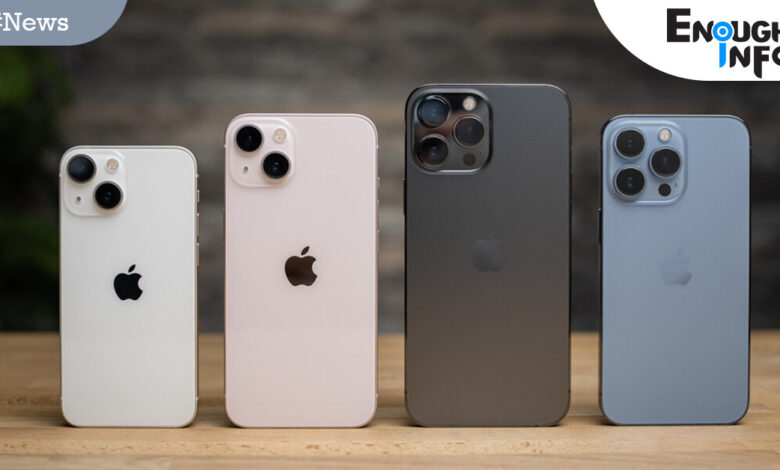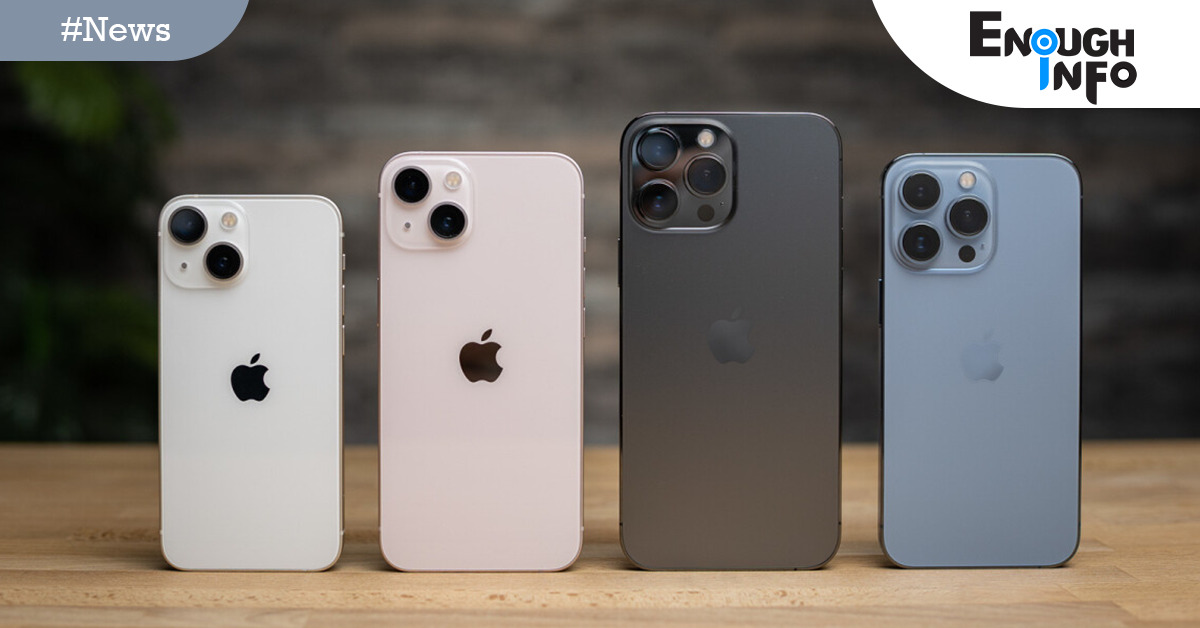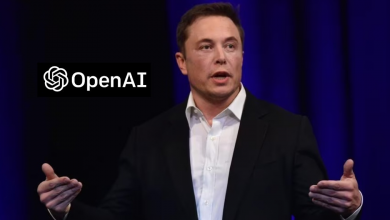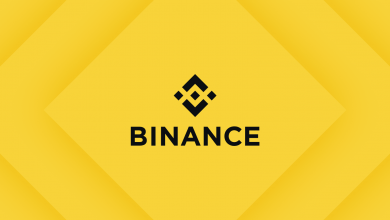China bans its government officials from using iPhones

China bans its government officials from using iPhones: The Wall Street Journal reported on Wednesday, citing sources familiar with the situation, that China has instructed officials at major government organisations not to bring in or use foreign-branded gadgets, such as Apple’s iPhones, for work. EnoughInfo.com
The study stated that it was unclear how far the directives were being disseminated, but that in recent weeks, employees received the instructions from their supervisors in meetings or workplace chat groups.

China bans its government officials from using iPhones
Apple has avoided controversy, perhaps because millions of workers are employed by Foxconn and other national suppliers. Thousands of illicit apps, such as VPNs, have been eliminated in compliance with Chinese rules. It is, therefore, also more exposed than other businesses. In addition to its reliance on manufacturing, the nation generates around 19% of Apple’s overall income.
The restriction comes ahead of an event scheduled for Apple (AAPL.O) next week, which many speculate may involve the introduction of a new iPhone line. As Sino-US tensions rise, this move may cause anxiety for international businesses doing business in China.
The Wall Street Journal article only mentioned Apple (AAPL.O) as a phone manufacturer. Shares of the iPhone manufacturer dropped 0.7% in premarket trade.
China has been pushing home semiconductor chip manufacture and encouraging state-affiliated companies, including banks, to switch to local software for more than ten years in an effort to lessen its reliance on foreign technologies. Barbie Surpasses Super Mario Bros to become world Biggest Movie in 2023
Beijing intensified this push in 2020 as its worries about data security increased and its authorities put out a so-called “dual circulation” economic strategy to lessen reliance on foreign markets and technology.
Amid strained relations with the US, China raised the stakes in the race to achieve technological self-reliance in May by pressing large state-owned firms to play a major role.




